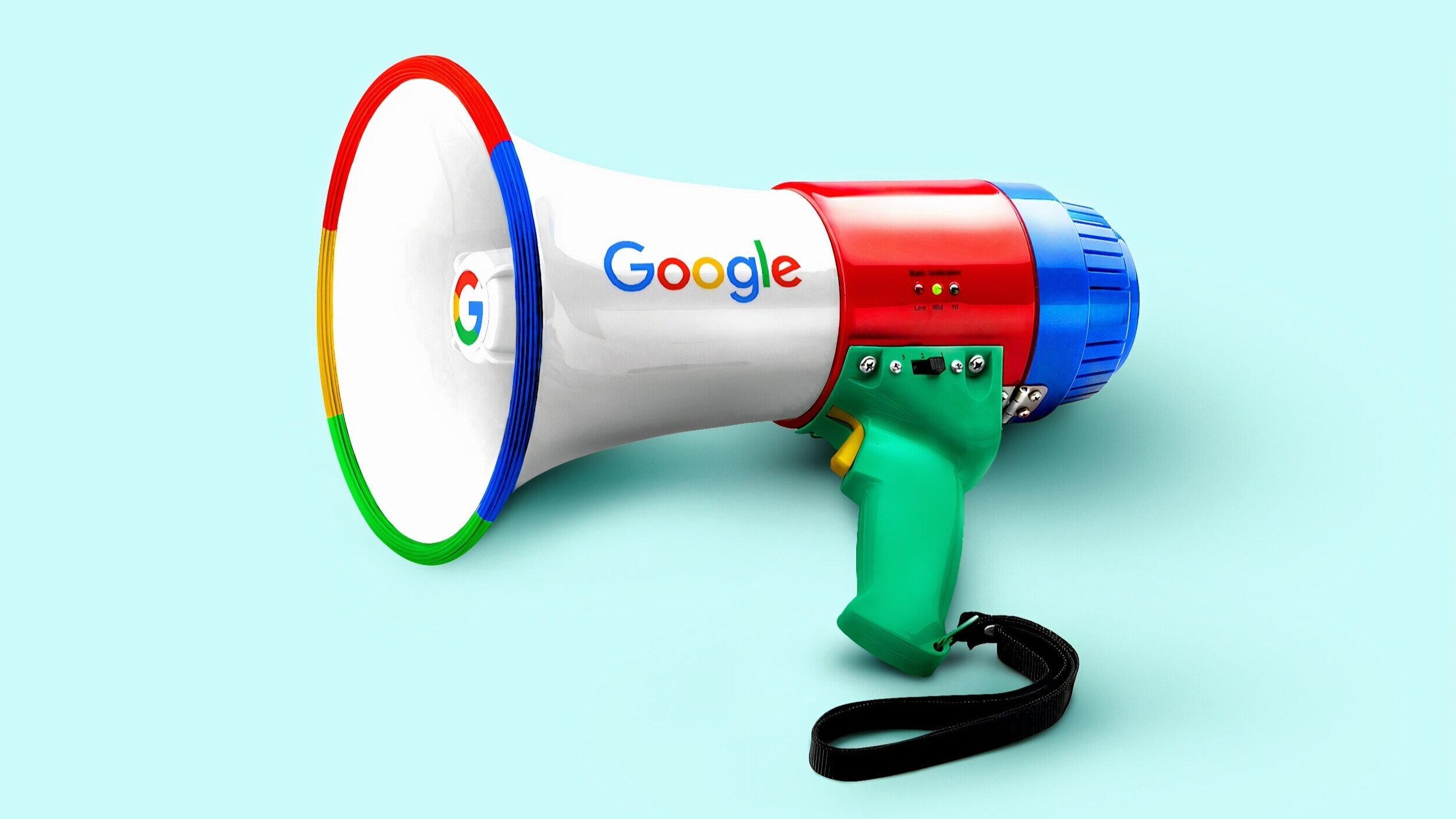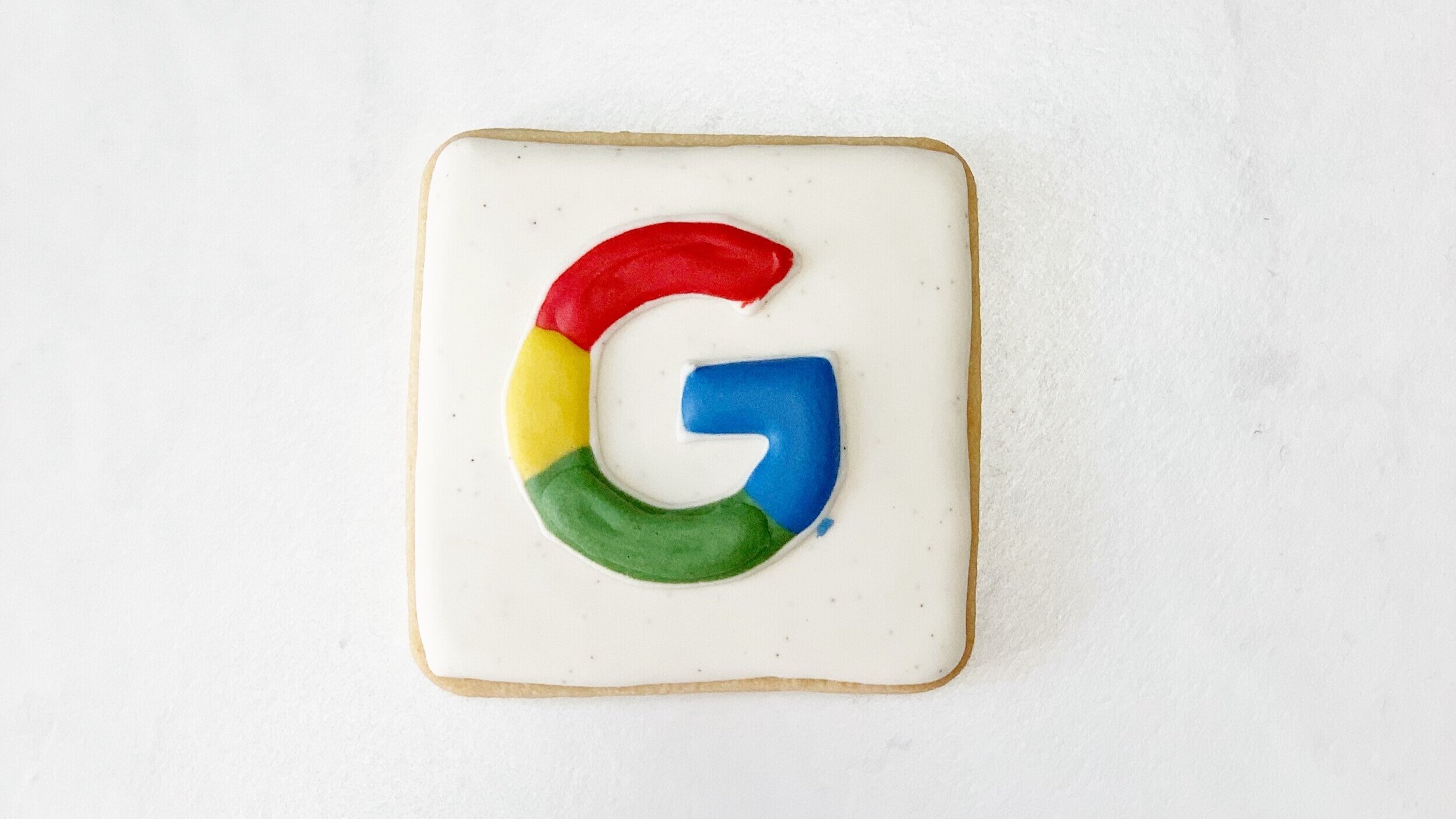Want Success like Google? Approach Learning Like Google Does
TABLE OF CONTENTS
Organizations that embrace a culture of learning create an environment that encourages curiosity and knowledge sharing, which in turn leads to better business outcomes.
Maybe you knew that Google was the second most valuable brand in the world. But did you know that they ranked first place on Fortune’s annual “100 Best Companies to Work For” 8 times in 11 years, and held onto the title consecutively for 6 of those years?
The two - their success and their employees’ brand evangelism - are not mutually exclusive. When your workforce is engaged and motivated, they begin to feel part of a community and culture. These emotional ties are responsible for heightened productivity and loyalty - companies with engaged workforces outperform others by 202%. They also produce output that’s of a higher quality, have increased sales productivity, lower absenteeism and increased profitability, among other things.
At Google, learning is a right
While Google’s success cannot be attributed to a single practice or initiative, it is, in part, owed to their attitude towards learning. Google approaches employee learning as a right regardless of role, tenure or level. It is also considered a company-wide responsibility to enforce, rather than an obligation that falls solely on a Learning and Development team’s shoulders.
They know that in order to attain the success of the whole (i.e. Workforce Success), the success of each individual must be first secured. And this is achieved by empowering them with the knowledge they need to perform at their very best, in an ongoing, sustained way.
-
Related: What is Workforce Success?
So, if you aspire to reach Google’s lofty heights, approaching learning like Google does is a good place to start. Their internal approach to learning is structured around four core beliefs. The first is that...
1. Learning is a process, not an event
Google advocates that learning is ongoing, or at least, must be if you desire to succeed organizationally. It’s never a finite destination - but a continuous journey. It cannot be relegated to one-time events, like workshops and seminars. These are costly and ineffective in terms of knowledge retention - it’s known that learning is only committed to long-term memory if it is repeated at spaced intervals (known as the spacing effect).
[Learning] involves motivation, rework, practice, practice, practice, and feedback
- Karen May, Vice President, Google
Continuous learning should be embraced not only because it’s what millennials (who in 5 years will make up 75% of the workforce) value in an employer - Gallup’s ‘How Millennials Want to Work and Live’ found opportunities to grow and learn to be millennials’ most valued attribute in prospective places of work - but because it is an essential step in future-proofing your company.
The world economic forum found that in just two years - by 2022 - 42% of core skills required to perform existing jobs are expected to change. This is a skills gap that will arise as a result of the ‘Fourth Industrial Revolution’ (4IR), i.e. rapid technological change. But if you are continually upskilling people, they will be better equipped to seamlessly adapt in the face of potential existential threats, like automation.
“Once upon a time we thought that you could just get skills, walk into a job and those would be the skills that would serve you for your career.” - Sabrina Geremia, Country Director, Google Canada
At a recent conference in Montreal, Google’s Country Director for Canada, Sabrina Geremia, highlighted the importance of perceiving learning as a continuous process in order to prepare for the future of work. She says that the recipe for future individual - and organizational - success lies in “a mindset of continuous learning coupled with the right skills. Always knowing you have to learn things, and new things, all the time”.
How do you know what to continually upskill on in the first place? The most powerful method is often the most simple, and in Google’s case, it’s to simply ask. After training is delivered, participants are asked to fill out surveys to feedback on how the training went. These surveys comprise of a 1-5 rating scale as well as open-ended questions.
Seeking feedback has the doubly powerful impact of helping you inform future learning material, as well as improve productivity in your workforce through the mere act of asking - when people feel heard they are 4.6 times more likely to perform at their very best.

2. Learning happens in real life
At eduMe we wax lyrical about the significance of providing people with upskilling opportunities that aren’t just relevant to their present need, but timely too. Just-in-time, or on-demand learning is integral to Google’s learning culture - they call this learning ‘in real life’.
The goal at Google is to provide the right learning to the right people, at the right time.
- Karen May, Vice President, Google
It is a truth of contemporary work life that lack of time combined with shortening attention spans (down to 8 seconds in 2013 from 12 in 2000) means few employees have the time, or patience, to carve out chunks in their day to dedicate to learning.
The average working person has just 4 minutes a day to learn. And if you consider the fact that traditional methods of employee training - workshops and the like - were never really impactful (research shows that it can take as little as an hour for people to forget 50% of what they heard) it’s clear a new workaround must be found, one better adapted to a new world where time and attention is at a premium. But what is it?
Microlearning is a learning technique optimised for a modern learners’ needs. It ensures information is not overwhelming by delivering it in relevant, digestible 2-5 minute chunks. Google has enshrined the principles of microlearning into their learning culture in the form of ‘Whisper courses’.
Whisper courses were named so because they act as a nudge to put something you know into practice. They take form in a series of drip-fed emails, each centred around simple managerial best practice suggestions. One email served as a reminder to managers of the importance of employee recognition, but others address cultivating trust, inclusion, sharing feedback effectively and how to be more present in meetings.
The Whisper course on recognition contained two easily replicable statements for managers to use to recognise team members more - “I noticed and appreciated the way you [did X]”/”That’s a really thought-provoking point that you brought up because [X]”.
Following whisper courses, Google seeks feedback from those who have taken them. Asking your employees’ thoughts on new initiatives is integral to building your learning strategy and informing future learning.
I love that it was practice-focused. Often times you leave a course overwhelmed with info and it's hard to implement a real change. Because you're encouraging stepwise change, it feels like a slow, steady progression of understanding how you can evolve the way you work.
- a Google employee, on why on-demand learning is effective
The whisper course on recognition proved effective for Googlers - following it, the statement ‘I look for ways to acknowledge and appreciate each of my team members, and make sure to communicate this in a timely manner’ received a 33% increase in favourable responses. Beyond this, managers who received whisper courses had - by the time of their next survey - improved on the behaviour the course sought to bolster by 22-40%, exemplifying just how effective microlearning is as a learning technique.
Want to create a Whisper course of your own? Google have created a template.

3. Learning is personal
Google’s third belief is that everyone learns differently. This is a given - you might pride yourself on your photographic memory, but a peer may better retain information that they hear. Not only do no two people enjoy learning in the same way, but what they need to know inevitably varies based on their role and level.
Microlearning is a powerful framework for your learning, but the most powerful medium in which to communicate learning material is video - we understand visual information in 250 milliseconds and our visual system activates over 50% of our brains. Great learning ideally meets at the intersection of the two.
However you have chosen to disperse learning content, the bottom line is that it should incorporate different mediums and activities, to accommodate different peoples’ preferred ways of learning.
Another essential step in creating a more tailored and personal journey for individual learners, is analysis. After any learning material is circulated, the results should be considered. Only through data analysis can knowledge gaps for future learning be more easily identified, allowing you to personalise learning experiences.
And learning content, once created, should not just be indiscriminately sent out, but should be segmented, based on either performance or by team. Do the numbers show someone consistently underperforming? Fire off a refresher course.
A way to automate this learning personalisation process to an extent is to set triggers, which when set off, disperse relevant learning. For instance, if you are a ride-hailing company and a driver’s rating slips below a certain predetermined threshold, they are immediately sent what they need to know to raise ratings without further intervention from you.
4. Learning is social
One senior leader at Google is quoted as having said, “it’s very unlikely that you’ll ever learn faster, or better than you will from one of your fellow employees”. And the statistics would agree.
While there’s something to be said regarding the rising popularity of self-service learning solutions (like YouTube, which 35% of all U.S. adults consider to be very important in teaching them how to do something new), a 55% majority still prefer to turn to their colleagues for support or additional knowledge on the job.
Peer-to-peer learning is powerful. It meets three out of four of Google’s beliefs on what constitutes a successful learning culture. Firstly it’s inherently personal and tailored to the individual learner. It only occurs when an individual has a specific learning need, and reaches out to someone they believe can help them bridge that knowledge or skills gap.
But it’s not just social and personal. Yes, a learner is receiving a personalised soundbite uniquely relevant to their immediate learning needs and in a social way, but on top of this, they are receiving it when they need to - so it’s also learning happening ‘in real life’ (on-demand).
Employees exchange important knowledge with each other that is invaluable to their growth all the time, but it is typically invisible and goes unmeasured. This is because most companies have not formalised it as a practice. But in overlooking peer-to-peer learning in favour of traditional forms of employee training, that entail things like hiring external facilitators and hosting workshops, these companies are missing a trick.
Realising the enormity of the opportunity, Google capitalised on these pre-existing, casual moments of peer-to-peer learning that were already happening, by formalising it in their Googler-to-Googler (known internally as “g2g”) program. G2g supports an environment for employees to connect with peers for advice and support.

This employee-to-employee network consisting of over 6,000 volunteers is not just a facet of Google’s learning culture, it’s the main channel through which they learn. Though Google looks externally in some instances, for training targeted to executives for instance, 80% of all tracked trainings are run through it.
The topics covered range from role-related skills and ‘hard’ skills, like coding, to ‘soft skills’, like negotiation and leadership. They also occur in an array of formats - from intimate 1:1’s to seminars. Google’s notably used peer-to-peer learning to upskill large swaths of their workforce at once - e.g. during the smartphone boom, the engineers who had worked on Android hosted training bootcamps for thousands of other Googlers.
And if you’re remote (as many are at the moment, either temporarily or long-term), peer-to-peer doesn’t have to resemble traditional (in-person) peer-to-peer. In fact, it can be replicated digitally, just as effectively. How? Have a high performing team member share best practice via video. This has the additional benefit of rewarding high performers and incentivising other team members’ high performance, while delivering the same value to learners.
The takeaway...
Google is a company at the forefront of its industry because it's constantly pushing the envelope. This envelope-pushing is entrenched in their company culture - one where learning, and the resultant experimentation and innovation learning enables - sits at its very heart.
We have the opportunity in people development to study how Googlers learn, and you know by now we study pretty much everything, and that helps shape our work.
- Karen May, Vice President, Google
But you can only be in a position to innovate when you are first empowered with knowledge. In other words, to be an innovator, you must first be an advocate of providing a learning journey that's: continuous, personal, social and happens in the flow of work.
Are you looking to turn your employees, freelancers or clients into innovative continuous learners by providing them with timely upskilling opportunities, no matter where they are? We can help.
Join 10,000+ frontline leaders
Subscribe to ‘Training the Frontline’ and get weekly insights sent straight to your inbox.

